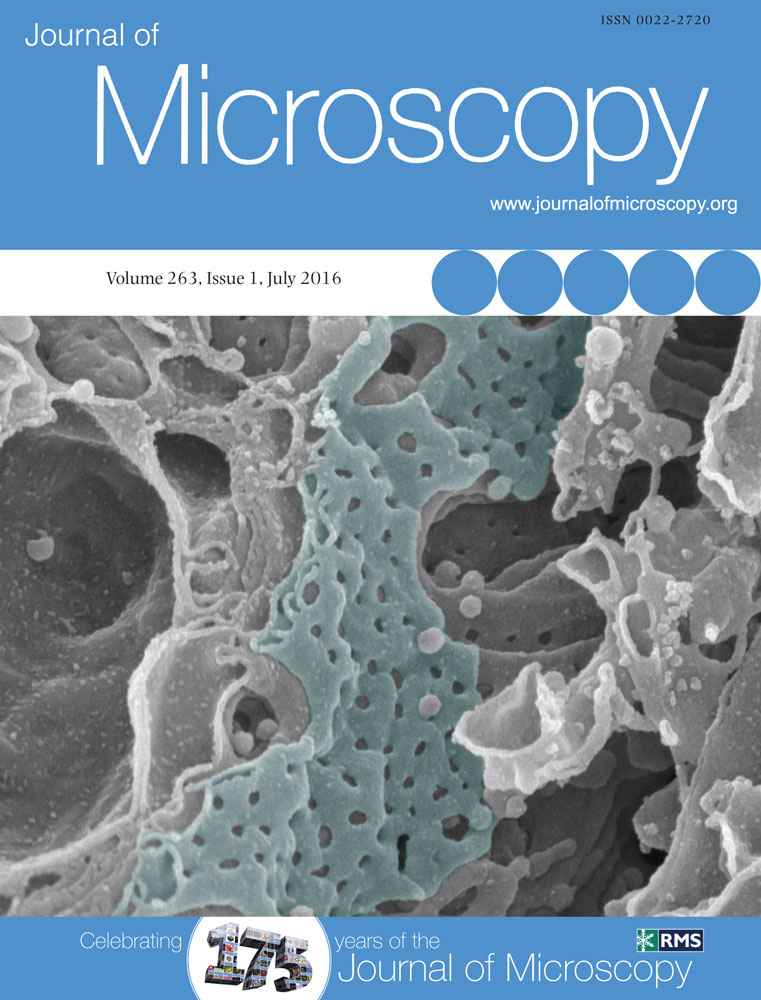Reporting methods for processing and analysis of data from serial block face scanning electron microscopy
Summary
enSerial block face scanning electron microscopy is rapidly becoming a popular tool for collecting large three-dimensional data sets of cells and tissues, filling the resolution and volume gap between fluorescence microscopy and high-resolution electron microscopy. The automated collection of data within the instrument occupies the smallest proportion of the time required to prepare and analyse biological samples. It is the processing of data once it has been collected that proves the greatest challenge. In this review we discuss different methods that are used to process data. We suggest potential workflows that can be used to facilitate the transfer of raw image stacks into quantifiable data as well as propose a set of criteria for reporting methods for data analysis to enable replication of work.
Lay description
frA three-dimensional (3D) microscopy technique, serial block face scanning electron microscopy (SBFSEM), is becoming increasingly popular in biological research. The technique results in large volumes of data being produced, which can cause issues such as for data analysis. This review explores the different methods being used in published work and makes suggestions about how these methods can be reported to enable replication of the research conducted.




